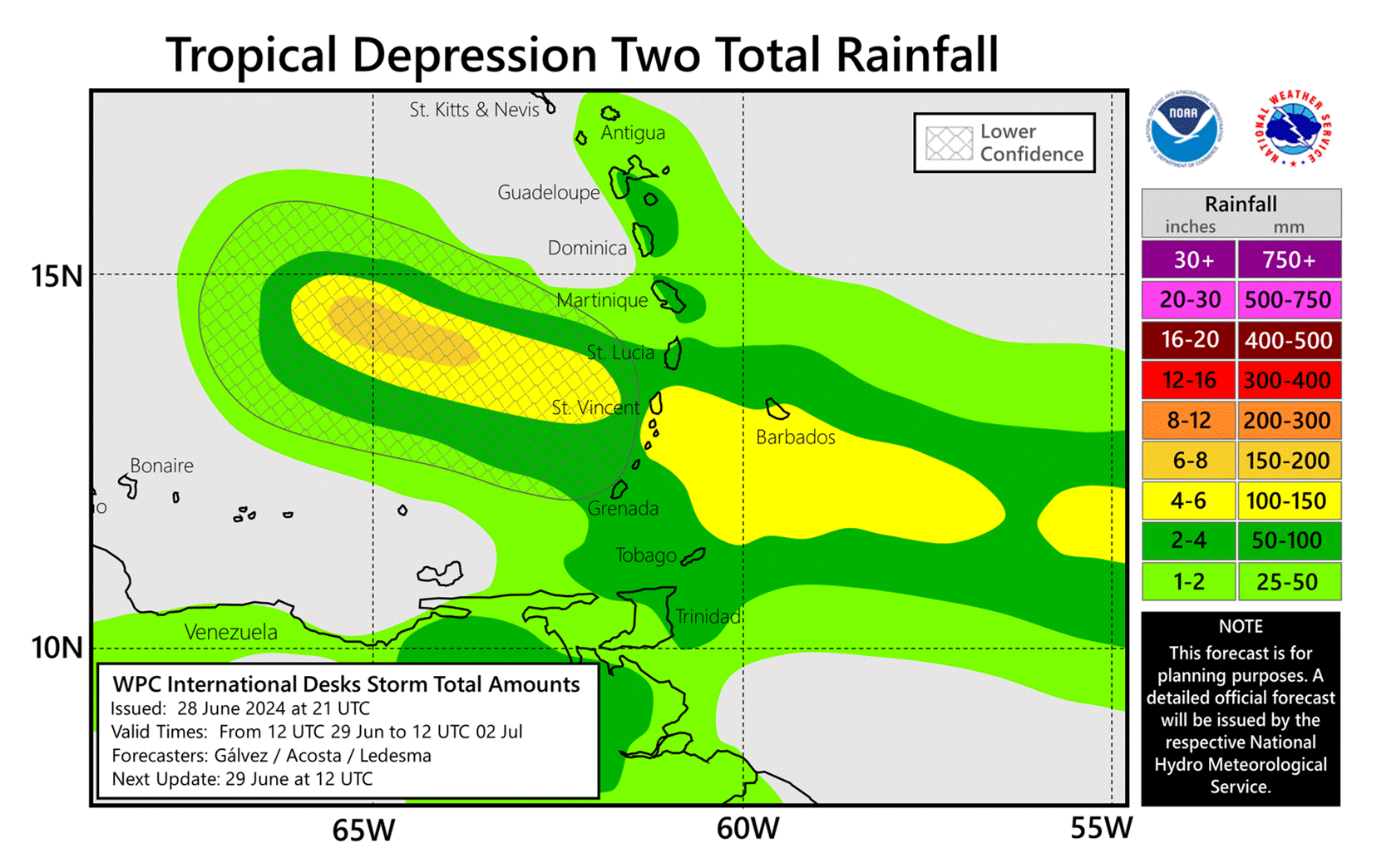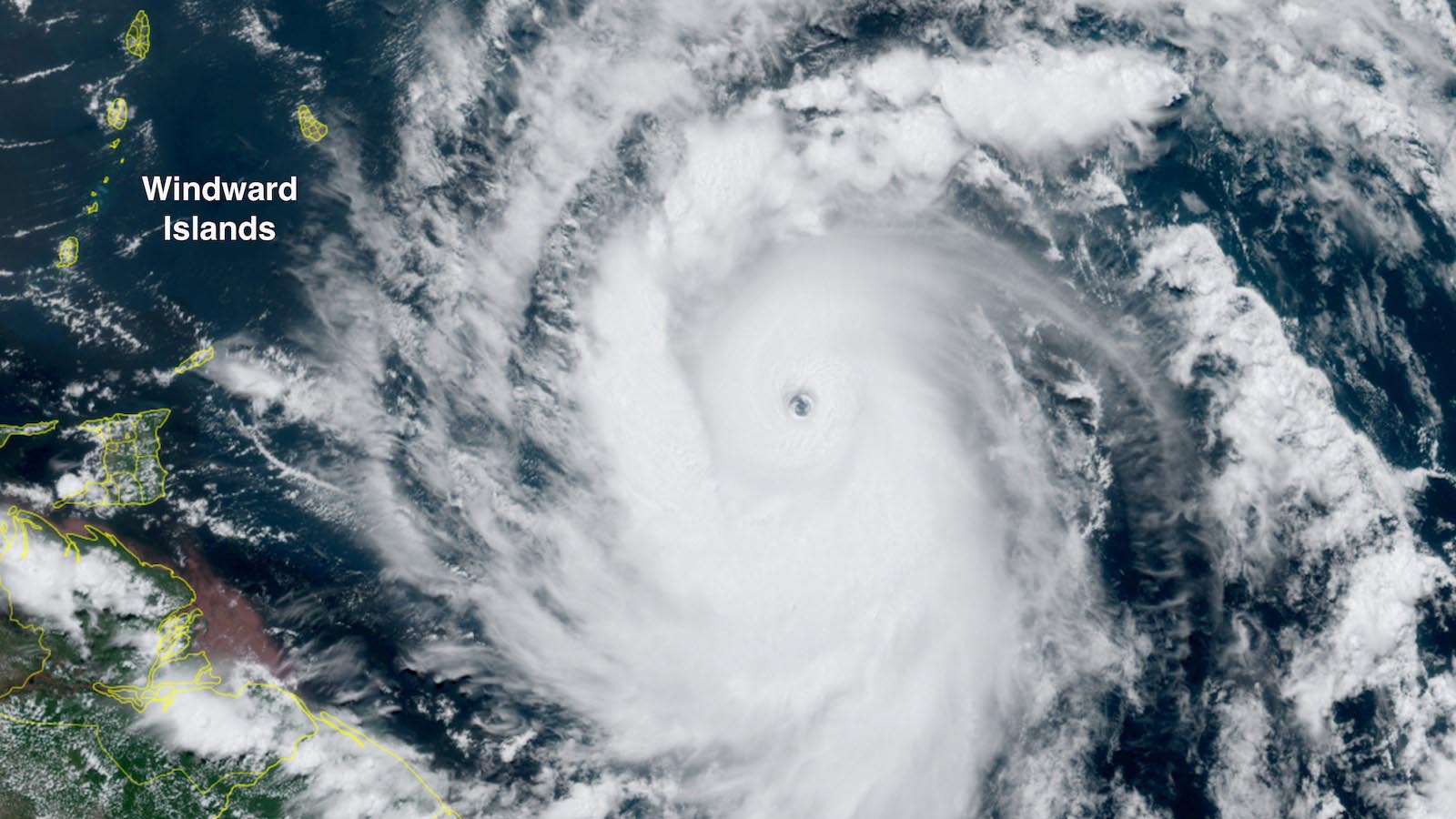Geography and Demographics: Windward Islands

The Windward Islands, also known as the Lesser Antilles, are a group of islands located in the eastern Caribbean Sea. They form the eastern boundary of the Caribbean Sea and lie between the Atlantic Ocean and the Caribbean Sea. The islands are part of the Lesser Antilles archipelago, which also includes the Leeward Islands to the northwest.
Geographic Location
The Windward Islands are located between 10° and 16° north latitude and 60° and 62° west longitude. They are bounded by the Atlantic Ocean to the east, the Caribbean Sea to the west, the Leeward Islands to the northwest, and the South America mainland to the southwest.
Major Islands
The major islands of the Windward Islands are:
- Dominica
- Martinique
- Saint Lucia
- Saint Vincent and the Grenadines
- Grenada
- Barbados
The following table provides the names and populations of the major islands in the Windward Islands:
| Island | Population |
|—|—|
| Dominica | 71,293 |
| Martinique | 376,480 |
| Saint Lucia | 183,627 |
| Saint Vincent and the Grenadines | 110,940 |
| Grenada | 112,523 |
| Barbados | 287,375 |
Ethnic and Cultural Diversity
The Windward Islands are a melting pot of cultures, with a rich blend of African, European, and Amerindian influences. The islands were originally inhabited by the indigenous Carib and Arawak peoples. European colonization began in the 16th century, and the islands were ruled by various European powers, including France, Britain, and the Netherlands. The legacy of colonialism can still be seen in the islands’ languages, architecture, and culture.
Today, the Windward Islands are home to a diverse population of people of African, European, and Asian descent. The islands are also home to a significant population of East Indians, who were brought to the islands as indentured laborers in the 19th century. The Windward Islands are a vibrant and diverse region, with a rich cultural heritage that reflects the islands’ unique history.
History and Culture

The Windward Islands have a rich and diverse history, shaped by indigenous peoples, European colonizers, and African slaves. The islands were first inhabited by Amerindian tribes, who were later displaced by European colonizers in the 15th and 16th centuries.
The islands were colonized by the French, British, and Dutch, and their influence can still be seen in the islands’ architecture, language, and culture. The islands gained independence in the 20th century, and they are now part of the Caribbean Community (CARICOM).
Unique Cultural Traditions and Practices
The Windward Islands have a unique blend of African, European, and Amerindian cultures. This is reflected in the islands’ music, dance, food, and art.
- Music: The Windward Islands are known for their lively music, which is often influenced by African rhythms. Popular genres include calypso, reggae, and soca.
- Dance: The Windward Islands have a variety of traditional dances, such as the quadrille, the beguine, and the mazurka.
- Food: The Windward Islands have a diverse cuisine that reflects the islands’ cultural influences. Popular dishes include callaloo soup, roti, and saltfish.
- Art: The Windward Islands have a strong tradition of art, which includes painting, sculpture, and pottery.
Art, Music, and Literature
The Windward Islands have produced a number of notable artists, musicians, and writers. Some of the most famous include:
- Artists: Jean-Michel Basquiat, Derek Walcott, and Hervé Télémaque
- Musicians: Bob Marley, Jimmy Cliff, and Burning Spear
- Writers: Derek Walcott, V.S. Naipaul, and Maryse Condé
Economy and Tourism

The Windward Islands have diverse economic activities, including agriculture, tourism, and manufacturing. Agriculture remains a significant contributor to the economies of several islands, with major crops such as bananas, cocoa, and nutmeg being cultivated. Tourism has emerged as a major economic driver, particularly in islands like St. Lucia and Grenada, which boast stunning beaches, lush rainforests, and vibrant cultures. Manufacturing, on the other hand, plays a smaller role in the Windward Islands’ economies.
Challenges and Opportunities
The Windward Islands face several economic challenges, including limited infrastructure, vulnerability to natural disasters, and dependence on imported goods. However, there are also opportunities for growth and development. The islands can capitalize on their natural beauty and cultural heritage to attract more tourists. Additionally, they can explore new agricultural markets and invest in sustainable industries to diversify their economies.
Tourism Industry Comparison, Windward islands
The tourism industry varies across the Windward Islands. St. Lucia is a popular destination for luxury tourism, with its iconic Pitons and pristine beaches. Grenada offers a mix of cultural and adventure tourism, with its historic sites and underwater sculptures. Dominica is known for its ecotourism, with its lush rainforests and hiking trails. The following table compares the tourism industries of the different islands in the Windward Islands:
| Island | Tourism Type | Key Attractions |
|---|---|---|
| St. Lucia | Luxury tourism | Pitons, beaches, rainforests |
| Grenada | Cultural and adventure tourism | Historic sites, underwater sculptures, waterfalls |
| Dominica | Ecotourism | Rainforests, hiking trails, waterfalls |
Deh Windward Islands dem a beautiful place, but dem does get hit by hurricanes from time to time. Right now, Hurricane Beryl a watchin’ de islands, so if yuh live dere, make sure yuh check out de hurricane beryl forecast and stay safe.
De islands dem have a lot to offer, from stunning beaches to lush rainforests, so we hope Hurricane Beryl doesn’t cause too much damage.
Windward Islands, a chain of islands in the Caribbean, are bracing for the potential impact of Hurricane Beryl. Forecasters are closely monitoring the storm’s track, using spaghetti models for beryl to predict its likely path. These models provide valuable insights into the storm’s potential trajectory, helping authorities prepare for its possible effects on the Windward Islands.